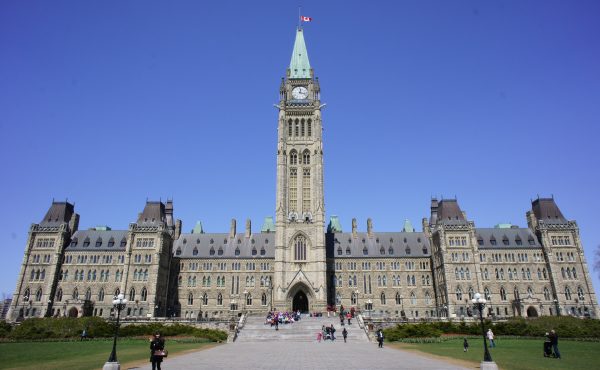

Suburban planning
While downtowners argue over whether residents’ associations are big fat NIMBYs or essential to the planning process, in other areas of the city, such community groups are simply seen as vital to neighbourhood health. But not every area has their own Annex Residents’ Association or Active 18, two of Toronto’s biggest names in neighbourhood organizing.
That those two groups have managed to get the city to coalesce around their issues isn’t surprising. The Annex Residents’ Association has an arsenal of media types and lawyers willing to lend support. And, thanks to the group’s 80-plus years of experience, members know how to manipulate the planning process. Active 18, which organized to give the West Queen West community a voice in development planned for the Queen West Triangle, is chock full of creative types and local celebrities — including the Zeidler family — who have little trouble enlisting former mayors, respected urban designers and members of the media to help them fight.
But how do you create an Active 18 in, say, Scarborough Village, one of Toronto’s 13 “priority neighbourhoods,†where media-savvy hipsters, city hall lobbyists and (gasp!) the Gladstone Hotel don’t live?
“This is an immigration gateway community,†Melinda Rooke, a member of the two-year-old Scarborough Village Residents’ Association (SVRA), told me at the group’s second annual summer festival July 14. Many newcomers make Scarborough Village their first home when they arrive in Toronto, but they don’t stay long. And since recent immigrants make up over 50 per cent of Scarborough Village’s population, the result is an ever-changing neighbourhood, with little sense of community.
Nayla Rahman arrived in Scarborough Village five years ago and, as a member of the SVRA, helped start the Bengali Social Club. She lists the need for employment and youth programs as two of the area’s most daunting issues. “When I came here, I thought I was coming to a G8 country, but I saw a gap,†she says.
According to Rooke, the neighbourhood includes over 18,000 people in about 20 apartment buildings within a five-minute drive of one another and, before the SVRA was formed, there were few to no service providers in the area. “People were in search of settlement services and ESL training,†she says. Now, thanks in part to Action for Neighbourhood Change (ANC), a program of the United Way that has fostered the development of the SVRA, there are nearly 40 community service providers complementing the residents’ association. ANC plans to extend resources to help other high-risk neighbourhoods develop resident organizations of their own in the future.
“The community development work is crucial for neighbourhood revitalization,†says Rooke. “It’s the only way to rise against crime and community neglect.â€
photo by Miyazaki, 日本
– – – – – – – – – – – – – – – – –
Dale Duncan writes the City Hall column for Eye Weekly. Spacing posts her columns each Thursday.




One comment
A good piece, thanks. This city’s biggest challenges lie in its inner suburbs, and they’re also where it has the greatest potential for positive change.
They deserve more attention from Spacing and thoughtful folks city-wide.